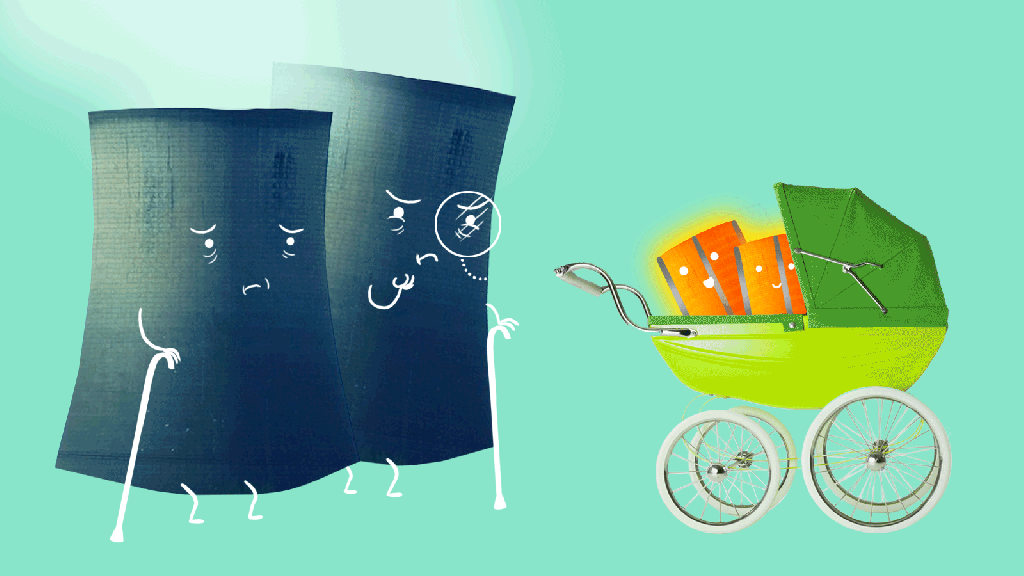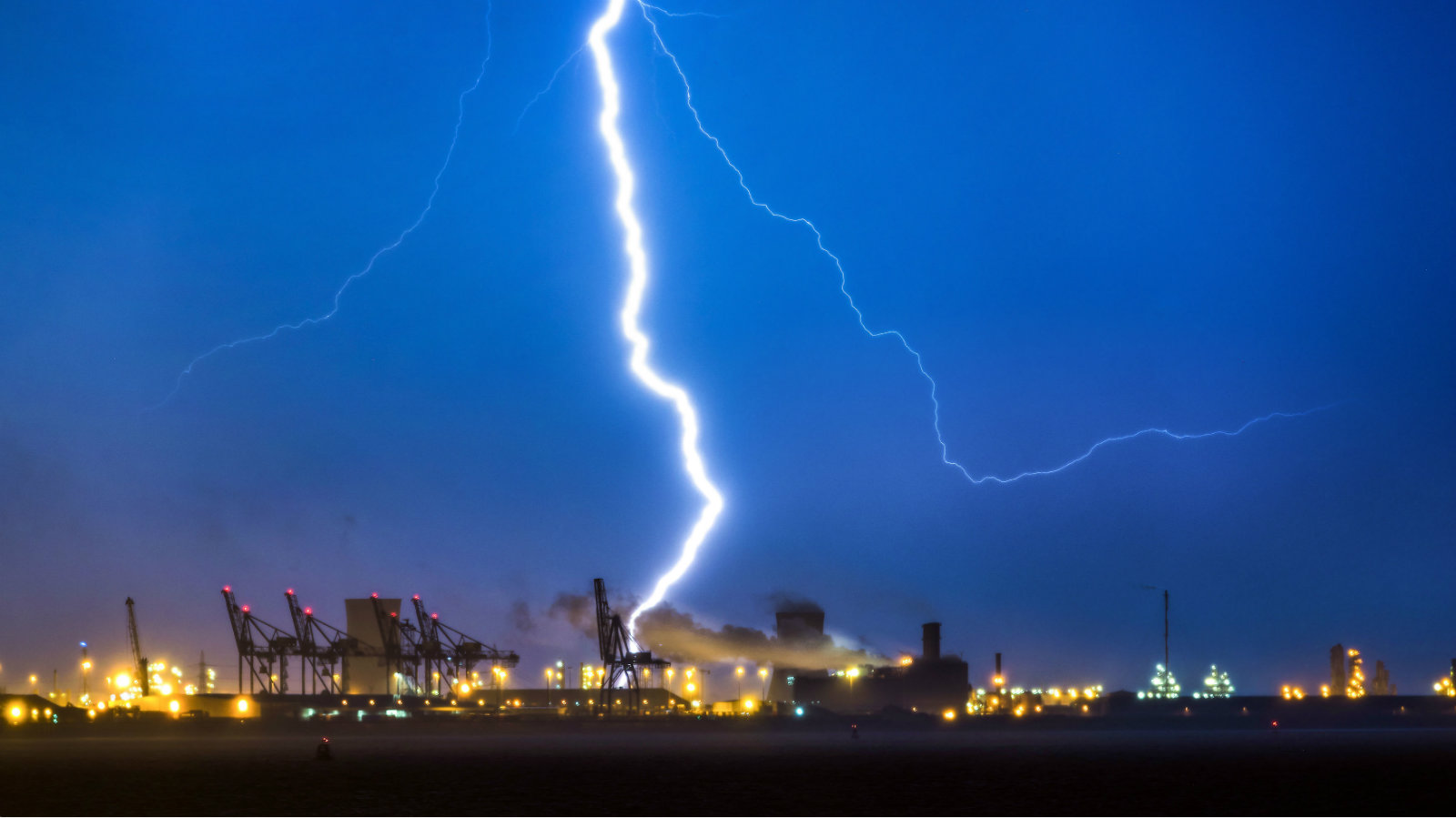If bikes are your thing, great. If you’re a vegan crusader, bully for you. If you’re a solar-power enthusiast, way to go.
The greenest among us are often evangelists for our favorite causes. But according to the blockbuster report out this week from the Intergovernmental Panel on Climate Change, it’s not enough to stick to your thing, or even to take up all of the causes environmentalists love. If we want to prevent the likely consequences of climate change — food shortages, forest fires, and mass extinctions — we’ll need to deploy the popular solutions as well as the some of the unpopular ones, the report concludes.
That means turning off coal plants and building lots of renewables, but also devoting more acres to growing biofuels. It means reducing consumption (fly less, drive less, and eat less meat) but also increasing our use of nuclear power.
The danger is so great, in other words, that the IPCC’s team of 91 scientists and policy experts suggest we consider all of the above. Whatever works. They came up with 90 different mixes of solutions that would keep warming limited to 1.5 degrees Celsius, but none of them work without biofuels, atomic energy, and reigning in consumerism.
Here are three unpopular ideas that the report says we’ll need to embrace, and two that are still up for debate.
The must-do list:
Less stuff: Every scenario for keeping global warming under 1.5 degrees Celsius requires reducing per capita consumption. The scenarios range from shrinking world energy demand 15 percent by 2030 to constraining it to a 17 percent increase. Either way would mean less power for anyone rich enough to read this on a computer (if poorer people get more stuff under constrained growth, it means the richer people are going to have to make some lifestyle changes).
Some of this would come from efficiency, but it would also require “behavioural changes.”
The report does offer some “high overshoot” scenarios that don’t require giving up creature comforts. But in those scenarios the world zips past the 1.5 degree mark, then reels it back in with “negative emissions.” That would rely on growing huge tracts of forest that suck up carbon before the trees are logged; then burning the wood for energy and capturing the carbon. But it might not work.
Biofuel: Every scenario laid out by the IPCC relies on ethanol, biodiesel and other biofuels to some extent, and projects an increase in farmland devoted to growing fuel. We could really use biofuels to replace jet fuel and gasoline, but it’s controversial. There are good scientists who say corn ethanol has a bigger carbon footprint than gasoline. Others say burning ethanol is already carbon negative and getting better all the time. It seems impossible to tell who is right. If you are cutting down rainforests for palm oil, that’s definitely a climate catastrophe. If you can get algae in a tank to turn sunlight to fuel, well, that’s awesome.
Nuclear power: All scenarios have nuclear providing a greater share of our electricity through 2050. Right now, nuclear power provides 11 percent of the world’s electricity. In one 1.5 degree scenario, the IPCC report has the world doubling the percentage of electricity it gets from nuclear by 2030, and quintupling it by 2050. The most “degrowthy” scenario, with dramatically decreasing energy demand, doesn’t require building new atomic plants but does require keeping the ones we have open.
Up for debate:
Carbon capture: Most scenarios to limit warming rely on fossil-fuel power plants capturing their carbon as long as they’re still running, rather than releasing it into the atmosphere. There’s a bunch of plants already doing this around the world, but it’s pretty expensive. The businesses that capture carbon affordably are usually injecting the carbon into the ground in a way that squeezes out more oil for them to sell. Many environmentalists dislike carbon capture because it opens up a way for the fossil fuel industry to survive and thrive.
There’s no carbon capture required if global energy demand declines 15 percent between 2010 and 2030, but that’s looking more and more unlikely: Since 2010, energy demand has gone up, up, up.
Geoengineering: Imagine high-altitude airplanes constantly spraying reflective dust into the air to bounce sunlight back into space. Or fertilizing the ocean to allow a million carbon-sucking algal blooms. Technology to the rescue!
Except it’s all in your imagination. None of this whizbangery has been modelled enough to tell how it would affect the scenarios in this report. There’s just not enough science on geoengineering to say something substantive about it, according to the IPCC.



